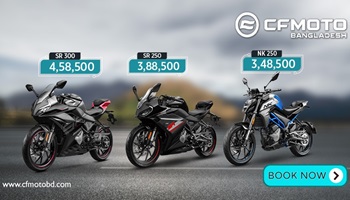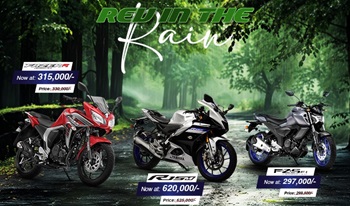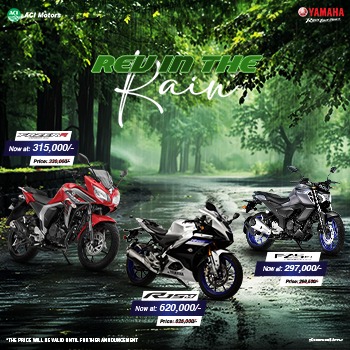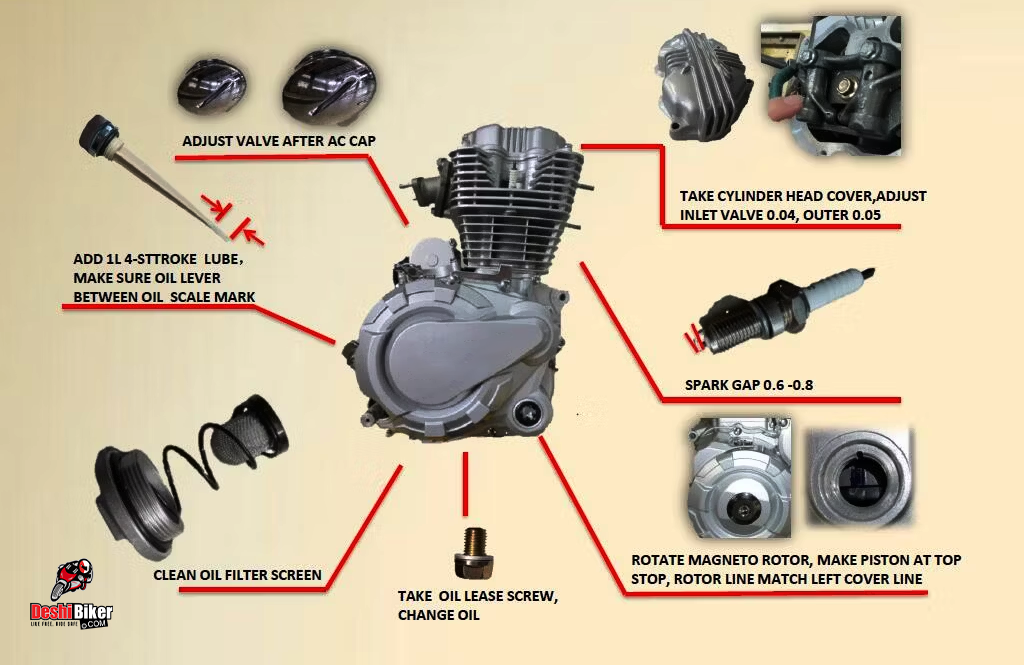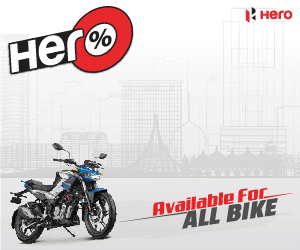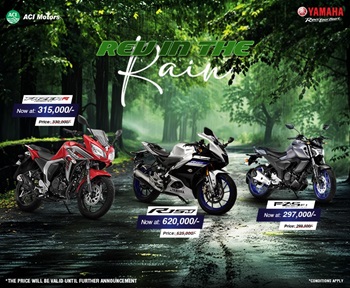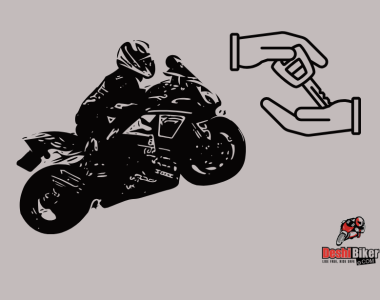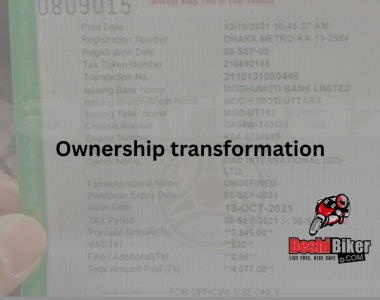The engine is the heart of the motorcycle. It’s literally the most important and unique part of the motorcycle. It’s the component that powers a bike and distinguishes the motorbike from a bicycle. It can be of different types: two-stroke or four-stroke internal combustion engines. Engines come with systems of wheels driven by chains, belts, or shafts. Some engines are oil-cooled while some are air-cooled. However, a motorcycle or bike engine comes with different parts. How many parts are in a bike engine? What material are bike engine parts? In this content, Deshi Biker will reveal all the Bike Engine Parts Name List With Picture or Photo.
Bike Engine Parts Name List
- Air Filter
- Battery
- Cooling System
- Connecting Rod
- Cylinder Head
- Cylinders
- Crankshaft
- Camshaft
- Engine Valves
- Exhaust
- Fuel Supply
- Pistons
- Rocker Arm
- Spark Plug
- Transmission.
Motorcycle Engine Parts Name with Picture
Let’s see motorcycle engine parts along with their respective photos.
Air Filter
It protects the engine from dust and debris. Thus the engine gets a better air flow. It ensures that the contaminated air doesn’t enter into the engine. Constructors install it in the carburetor or fuel injector. It also betters the acceleration as well as the horsepower.
Battery
If the engine is the heart of the bike then the battery is probably the heart of the engine itself. It mainly powers the bike. It also provides the current supply especially when there is less alternator output than the current draw. Indeed, it supplies electrical energy to the ignition system. The system then converts the chemical energy into mechanical energy. It powers the headlight, and the indicators, and also helps having a self-start.
Cooling System
The cooling system of the engine lets the engine work at the most efficient temperature. Because when the burning of fuel turns into mechanical energy, it generates overheating. This issue if not solved will destroy the internal parts of the engine. Thus it’s a must to have a cooling system. The system consists of a radiator, thermostatic valve-controlled electric fan, coolant reservoir, rubber hose, and water pump. It can be the air-cooled type or liquid-cooled type.
Connecting Rod
It plays the role of a connector between the piston and the crankshaft. The connecting rod converts the reciprocating motion of the piston into the rotation of the crankshaft. Generally, the rod is made of aluminum or titanium. It helps transmit the piston’s tensile forces.
Cylinder Head
Manufacturers build it using cast iron or aluminum alloy. It helps control the airflow in & out of the cylinder. It seals the top of the engine cylinder. The head also retains the fuel in the cylinder. Also assists in having safe & limited fuel combustion. The cylinder heads come in different sizes based on the type of the motorcycle.
Cylinders
Very important component of the bike or any vehicle’s engine. A bike’s engine can have up to 6 cylinders. They are made of iron and thus can endure intense temperatures. It provides the sealed space required for the movement of the pistons. They can measure engine power and are also known as engine blocks. Motorcycles feature single cylinder-engine or double cylinder-engine.
Crankshaft
It converts the piston’s reciprocating motion into rotational motion. Also a very essential component. The crankshaft’s rotary motion indeed sets the bike’s chain and lets the bike wheel have motion. It comes with a rhythmic movement of the pistons as all the pistons move simultaneously.
Camshaft
It does the opposite of what a crankshaft does. Indeed, it converts the rotational motion into reciprocating motion. It’s a metal object with pointed cams. A camshaft operates the intake and exhaust valves. It also operates the electric motor speed controller and ignition system. Camshafts are made of steel or cast iron.
Engine Valves
Controls the passage of air & fuel in and out of the cylinder. It assists exhaust the smoke and fumes. Air is crucial for combustion while smoke & fumes are the byproducts of the combustion process. It doesn’t only monitor the combustion activity but also controls the efficiency of the cylinders. Adjusting these valves on a regular basis will help avoid costly problems.
Exhaust
The burnt combustion gases must be paved out of the system. It’s quite like the excretion process of the animals. It features an installed silencer. Hence, the engine is able to exhaust the gases efficiently and faster.
Fuel Supply
Also known as the Carburetor. Works to mix and pump air-fuel mixture into the inlet manifold. It does that in a specific volume & ratio. Thus it controls the airflow through the venturi. The airflow draws the fuel which results in the mixture’s entry into the engine.
Pistons
Pistons help the connecting rod move up & down or back & front. A cylinder contains this moving component. It transfers force from the gas expansion in the cylinder to the crankshaft via a connecting rod. Constructors build them with cast irons, nickel or aluminum, as well as steel alloys with cast iron.
Rocker Arm
Transmits camshaft movement to the engine’s intake and exhaust valves. One of its ends is guided by the lobe of the camshaft while its other end pushes the valve (spring-loaded) to open.
Spark Plug
It is a part of the ignition system of the engine and actually generates a spark that raises the ignition temperature of the mixture. The high-tension ignition coil sends 12k-25k volts. The spark plug receives that as input and a CDI sets a precise spark timing. With a faulty spark plug the bike won’t have a smooth start or may not start at all.
Transmission
The engine transmits a lot of power to the bike’s wheel. There are 3 ways of transmitting the engine power. Those are: the Belt, Chain, and Shaft systems. The chain systems are the most common while belts are seen in a few bikes but used as an alternator of the chain system. Nowadays the shaft system is becoming famous with more conveniences. Previously bikes used to have leather belts but now are commonly made of rubbers. Thus these belts act quite like a metal chain.
These 15 components are the most common parts of a motorcycle engine.














